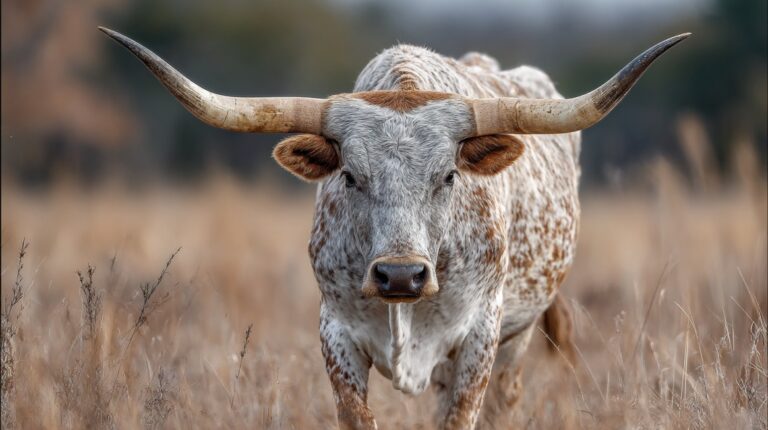Texas has always been a place of big surprises, and not all of them involve cattle drives or rodeo shows.
Since the early 20th century, animals from distant continents have made their way into the Lone Star State, sometimes through careful introduction, other times by sheer accident.
Many have adapted so well that spotting them in the wild has become part of the state’s unexpected wildlife encounters.
Let us talk about those exotic animals we can find in the state of Texas.
10. Common Wildebeest (Connochaetes taurinus)
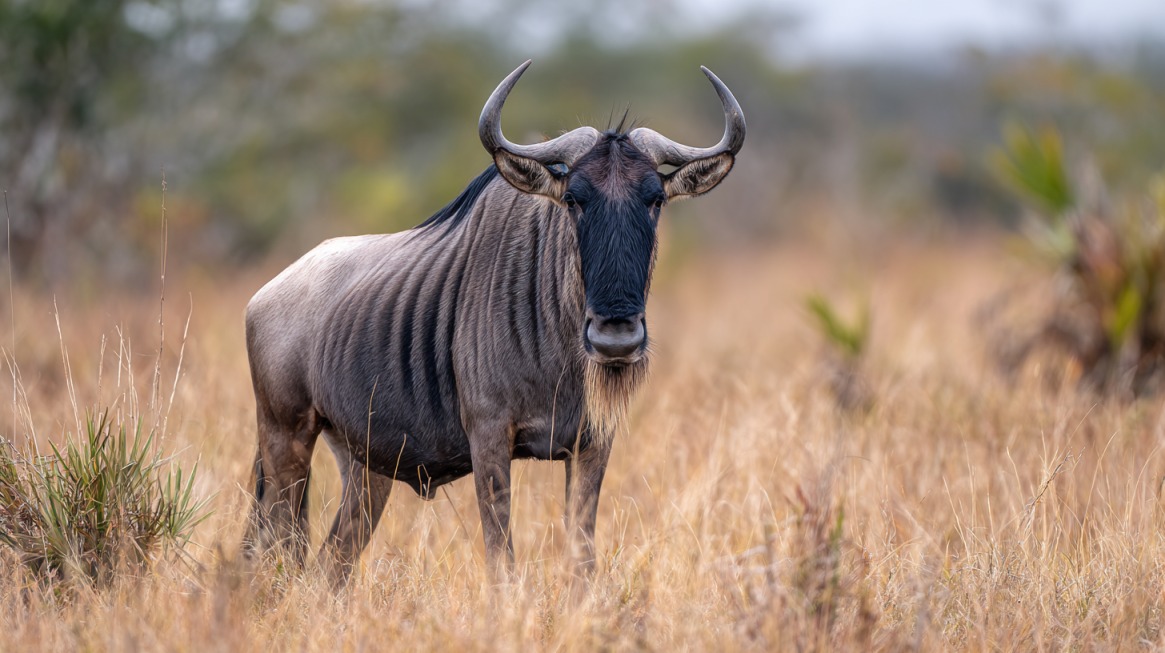
Among the most unexpected exotic animals in Texas, the common wildebeest is a sight that can stop anyone in their tracks. Native to Africa’s open savannahs, these sturdy grazers appear completely out of place under a blazing Texas sun, yet they have found a foothold on exotic game ranches.
Their muscular build, large horns, and restless movements make them impossible to mistake for any local species.
Occasionally, a few escape their enclosures, creating jaw-dropping moments for rural drivers who spot them grazing alongside white-tailed deer.
- Origin: Africa
- Where to Spot: Exotic game ranches, occasionally roadside in rural counties
- Why Wild?: Reminds observers of an African safari when seen near deer
- Bonus Fact: Frequently seen with other exotic animals, such as oryx
Ranch owners value wildebeest for trophy hunting opportunities, but their presence is not just about sport. They add an almost surreal feel to the Texas countryside, blending African wildlife aesthetics with Southern ranching traditions.
When startled, they can reach speeds up to 50 mph, a reminder of their wild heritage and the raw power that makes them a standout among exotic animals roaming the state.
9. Scimitar-Horned Oryx (Oryx dammah)
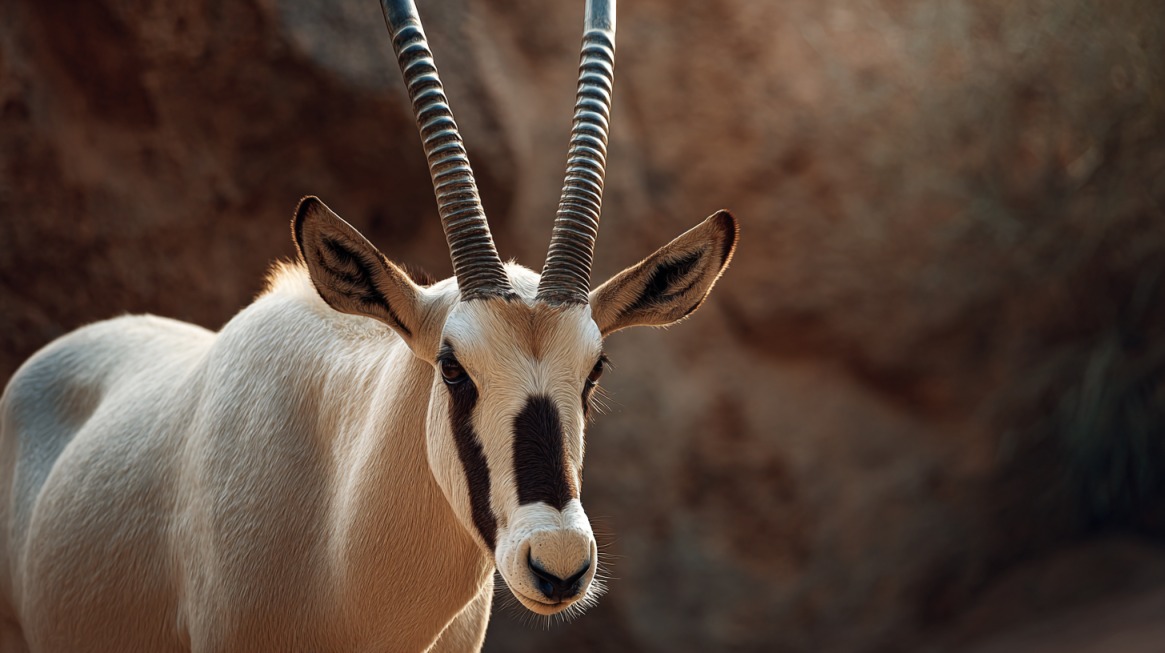
Among exotic animals in Texas, the scimitar-horned oryx holds a special place due to its conservation story. Once widespread across North Africa, it has disappeared from the wild, surviving only in captivity and managed herds.
In Texas, these elegant antelopes thrive on private ranches, displaying their signature curved horns and snow-white coats.
They have adapted well to the climate, making them a perfect example of how non-native species can survive far from their original habitats.
- Origin: North Africa
- Where to Spot: Private ranches in Central Texas
- Why Unexpected: Extinct in the wild yet thriving in controlled Texas environments
- Notable Feature: Long, scimitar-shaped horns and pure white body
Introduced for hunting and breeding, these animals have become a symbol of successful preservation outside their homeland.
Some Texas ranches even collaborate with international organizations to help repopulate their numbers in North Africa, proving that exotic animals here can play an important role in global conservation efforts.
8. Feral Pig / Wild Boar (Sus scrofa)
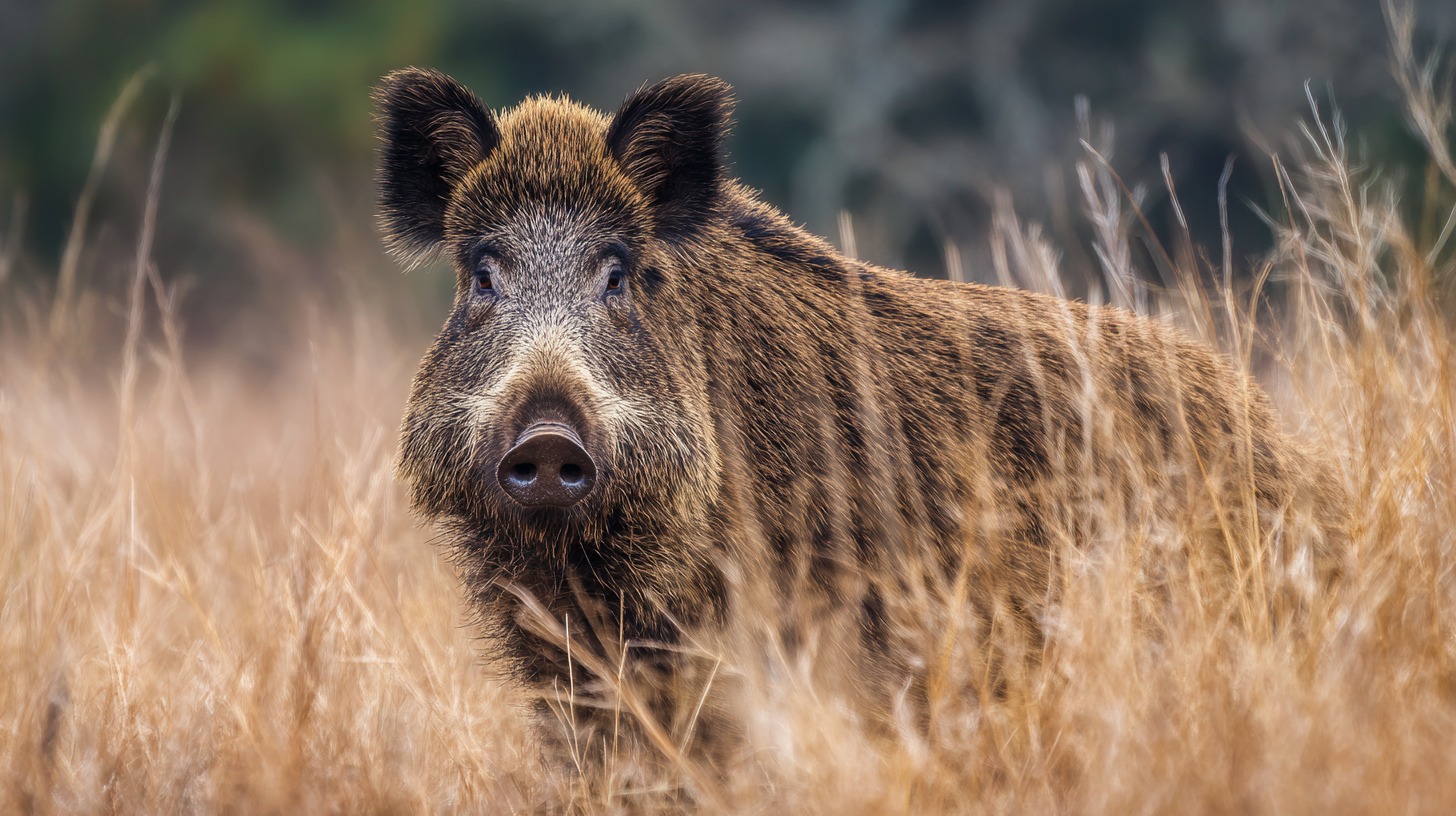
While not everyone immediately thinks of feral pigs as exotic animals, their origins in Eurasia make them non-native to Texas.
First brought over by early explorers, these animals have since multiplied into a massive ecological problem.
With a population exceeding four million, feral pigs are among the most destructive wildlife in the state. They damage crops, uproot landscapes, and displace native species.
- Origin: Eurasia
- Where to Spot: Almost everywhere in Texas
- Why Unexpected: Exotic classification combined with invasive and destructive tendencies
- Fun (Scary) Fact: Can grow up to 400 lbs and cause significant property damage
Feral pigs breed rapidly and are active during both day and night, making them difficult to control. Hunting them is considered both a sport and a necessity, as they have no natural predators in the state.
Their aggressive nature and adaptability have earned them a notorious place among exotic animals in Texas.
7. Sika Deer (Cervus nippon)

Sika deer are exotic animals with origins in Japan and Eastern Asia. Introduced decades ago, they have successfully settled in Texas forests and ranchlands.
Their reddish-brown coats resemble axis deer, but their behavior is closer to that of elk, making them fascinating to observe.
Unfortunately, they pose a risk to native ecosystems by hybridizing with local deer, which can dilute genetic diversity.
- Origin: Japan and Eastern Asia
- Where to Spot: Piney forests, ranchlands
- Why Unexpected: Hybridization threat to native deer populations
- Ecological Issue: Reduces biodiversity through crossbreeding
Sika deer are highly adaptable and can survive in varied environments, competing with local species for food and habitat. Trophy hunters value them for their antlers and challenging nature, ensuring their continued presence among Texas’s exotic animals.
6. Nilgai Antelope (Boselaphus tragocamelus)
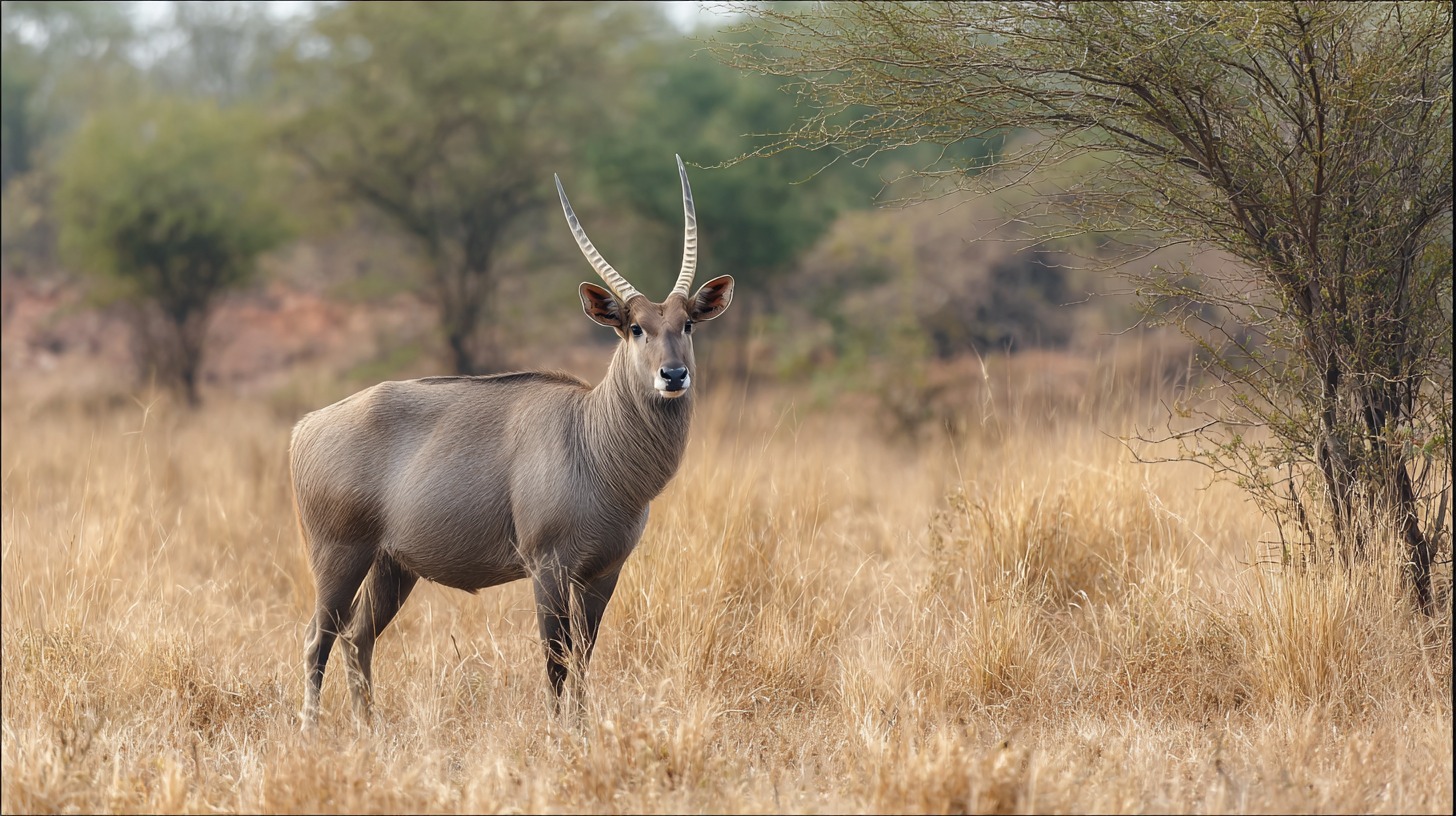
Among the largest exotic animals in Texas, the nilgai antelope is an impressive sight.
Native to India, these bluish-gray giants roam freely across the brushlands and coastal plains of South Texas.
Standing up to 5 feet at the shoulder, they tower over most wildlife in the state.
- Origin: India
- Where to Spot: Coastal plains and brushlands of South Texas
- Why Unexpected: Immense size and unusual coloration for Texas wildlife
- Estimated Wild Population: Over 30,000
Introduced in the 1920s for hunting, nilgai have flourished in the wild, often raiding crops and breaking fences.
Despite their bulk, they are remarkably fast and difficult to approach, making them a prized challenge for hunters of exotic animals.
5. Fallow Deer (Dama dama)
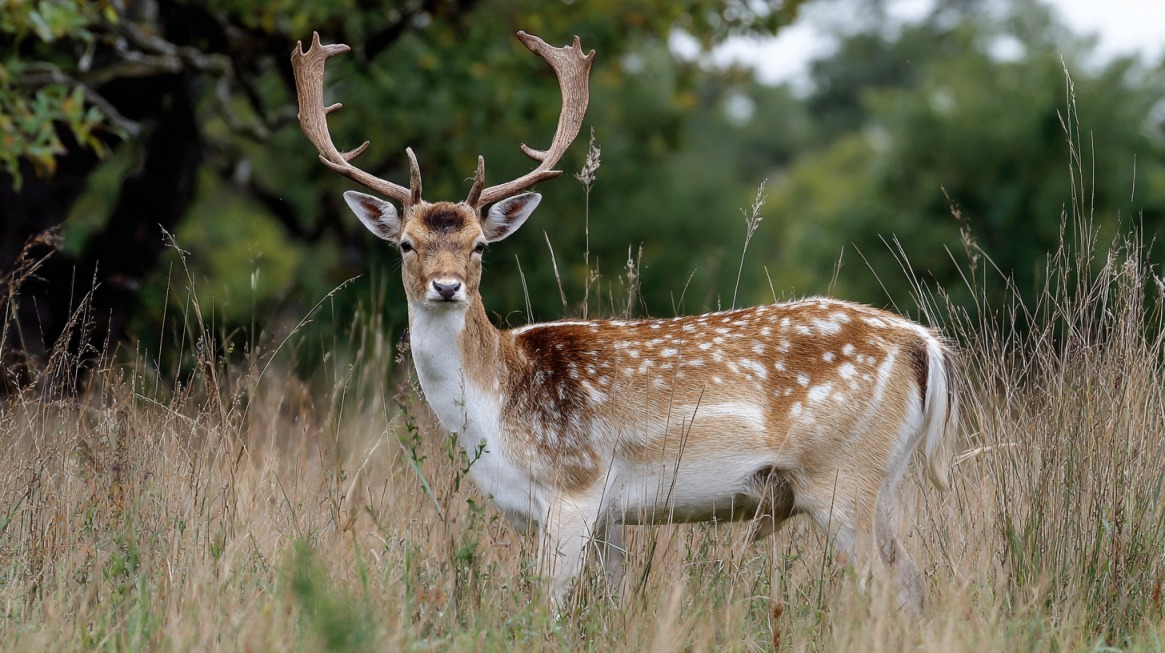
Fallow deer, imported from Europe and Asia, are among the most visually striking exotic animals in Texas.
Their moose-like palmate antlers and diverse coat colors, ranging from pure white to spotted brown, make them a favorite among trophy hunters.
- Origin: Mediterranean Europe and parts of Asia
- Where to Spot: Texas Hill Country, South and West Texas
- Why Unexpected: Antler shape and dramatic coat variety
- Trophy Quality: Highly valued for meat and antlers
They adapt well to ranch environments, grazing peacefully in open pastures or wooded areas. Their beauty and rarity keep them high on the list of sought-after exotic animals for hunters and wildlife enthusiasts.
4. Emu (Dromaius novaehollandiae)
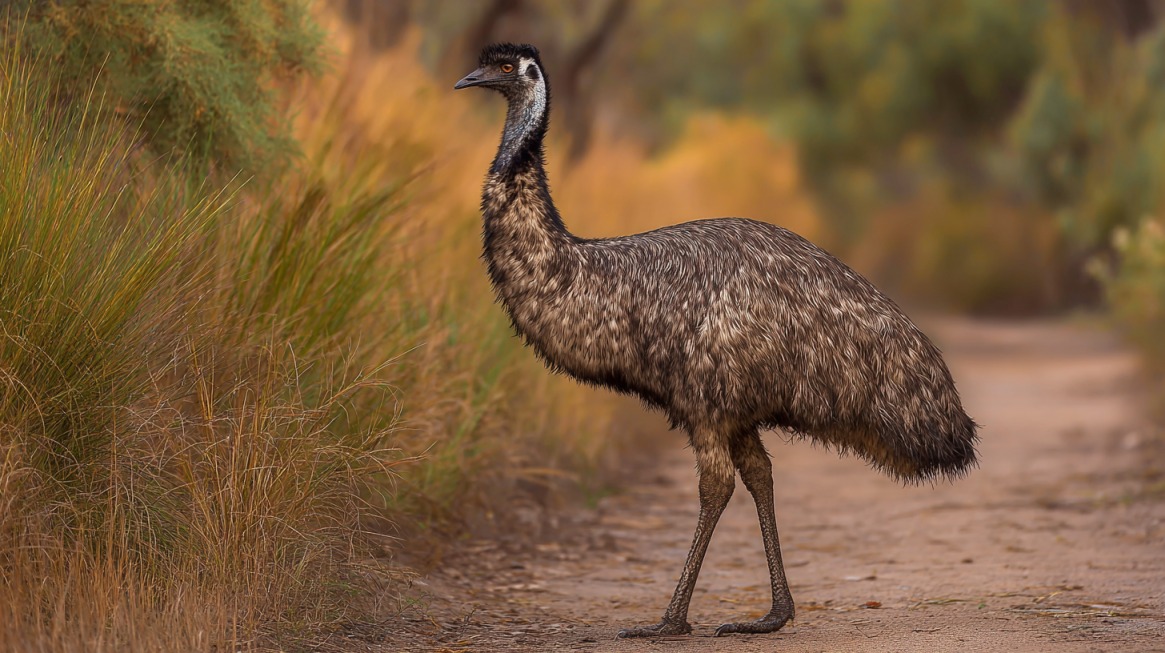
The emu ranks among the most unusual exotic animals in Texas. Native to Australia, this massive flightless bird can grow over six feet tall and run at speeds up to 30 mph.
Many were introduced during the 1980s as part of a farming boom, only to be released when the market collapsed.
- Origin: Australia
- Where to Spot: Roadsides, wooded areas, open ranches
- Why Unexpected: Towering bird roaming Texas highways
- Backstory: Farming collapse led to mass release
Emus are known for their curious personalities and can be unpredictable around people. Today, they are kept for meat, eggs, and novelty, adding to the eclectic list of exotic animals in the state.
3. Blackbuck Antelope (Antilope cervicapra)
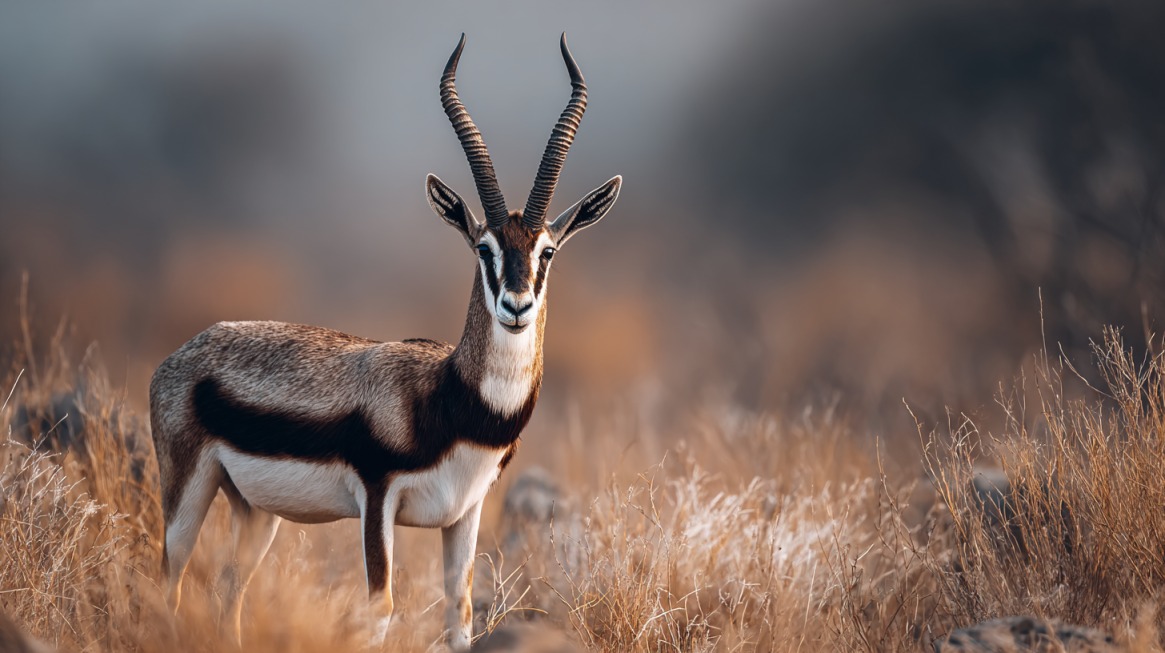
Blackbuck antelope are exotic animals known for their spiraled horns and bold black-and-white coats.
Originally from India and Pakistan, they have adapted so well to Texas that they now thrive in significant numbers, particularly in the Hill Country and South Texas.
- Origin: India and Pakistan
- Where to Spot: Hill Country, South Texas
- Why Unexpected: Thrives far from its native grasslands
- Estimated Wild Population: About 20,000
In their native lands, blackbucks are near-threatened due to hunting and habitat loss. In Texas, however, they flourish thanks to suitable conditions and limited predation, making them a favorite among hunters of exotic animals.
2. Aoudad Sheep (Ammotragus lervia)
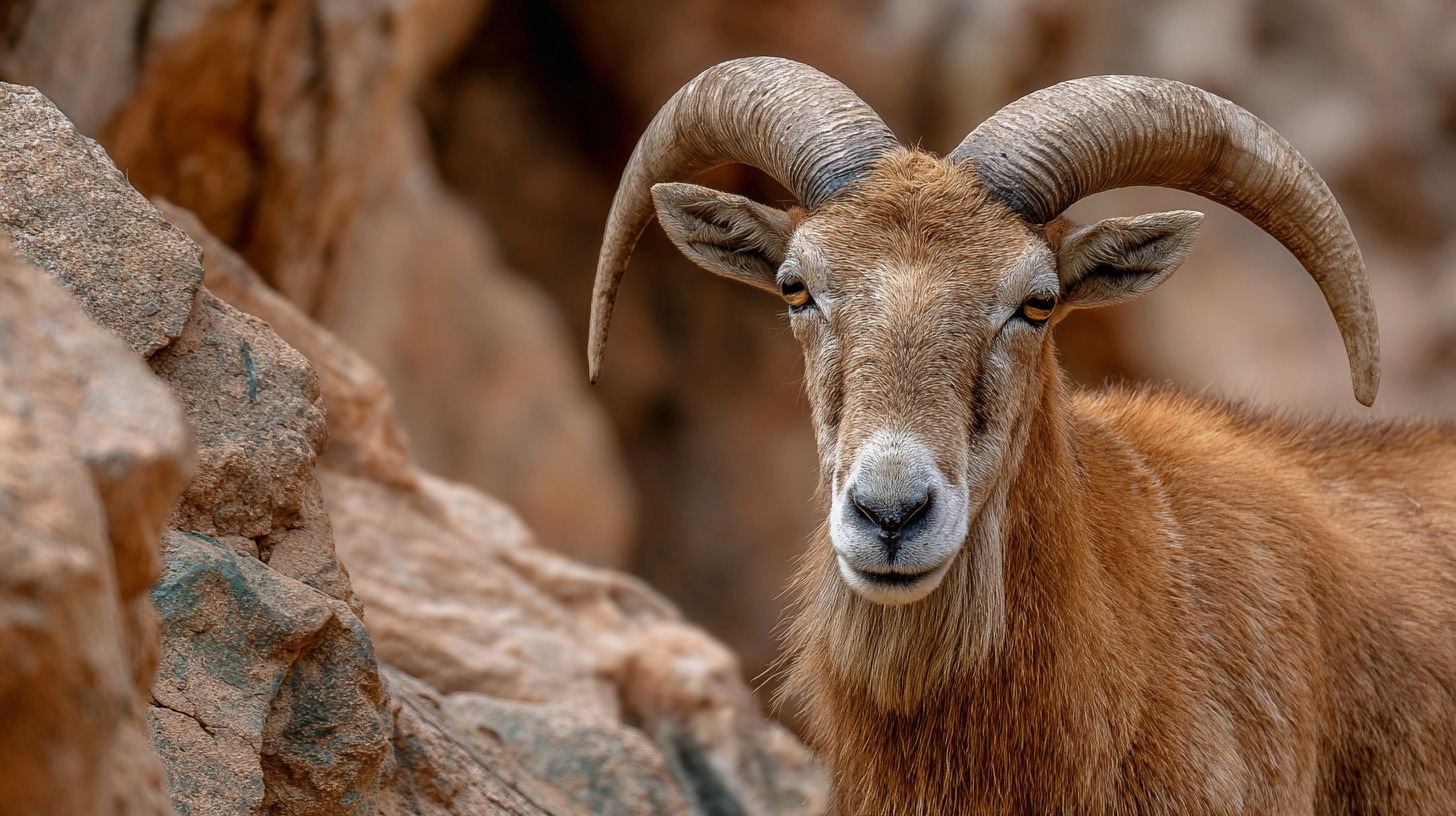
Aoudad sheep are rugged, exotic animals originally from the rocky slopes of North Africa. Their powerful build, tan coats, and flowing throat manes make them a striking presence in Texas’s rough terrain.
They compete directly with native bighorn sheep for food and space, creating ecological tension.
- Origin: North Africa
- Where to Spot: Rugged West Texas, Hill Country
- Why Unexpected: Goat-sheep hybrid looks with a flowing mane
- Ecological Impact: Competes with native wildlife
Known for their elusive nature, aoudads often vanish into steep, rocky terrain when approached, making them one of the most challenging exotic animals to hunt.
1. Axis Deer (Axis axis)
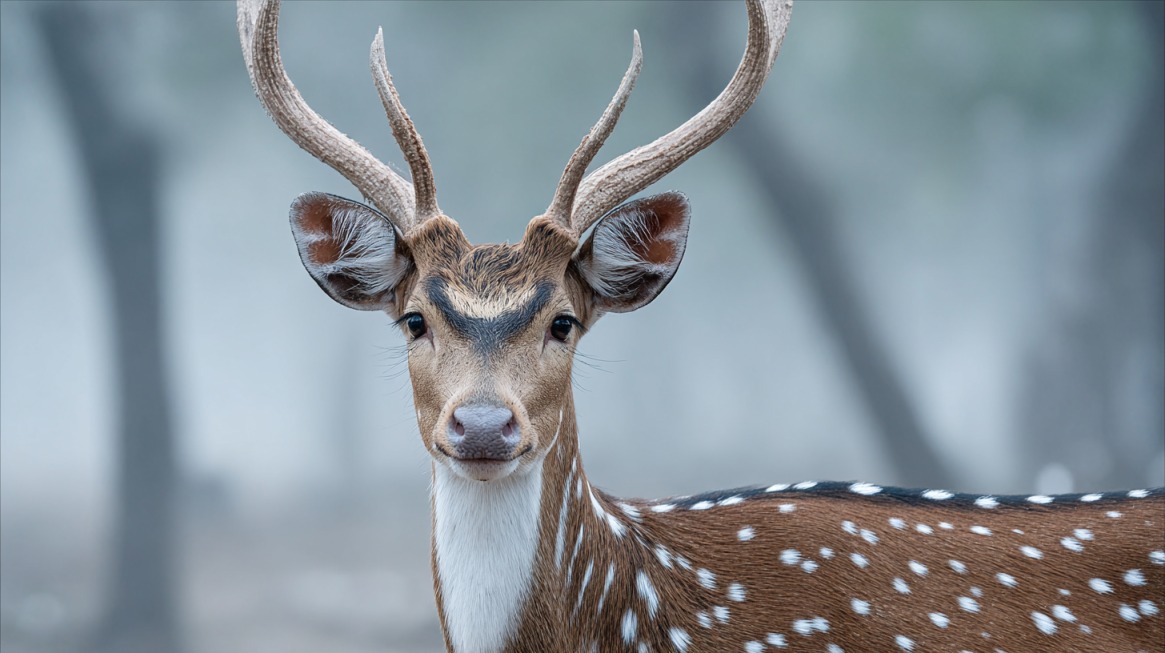
Axis deer are among the most widespread exotic animals in Texas. Recognizable by their reddish-brown coats covered in white spots, they are admired for both their appearance and the quality of their meat.
Native to India, Nepal, and Sri Lanka, they have spread widely across Central and South Texas.
- Origin: India, Nepal, Sri Lanka
- Where to Spot: Edwards Plateau, Central and South Texas
- Why #1?: Most visible exotic species, striking coat, valued game meat
- Population Status: Tens of thousands in the wild and on ranches
Axis deer are often active during daylight hours, making them easy to spot compared to other exotic animals. Their adaptability, beauty, and high-quality venison ensure their place at the top of the list.
Summary
Wildlife in Texas holds surprises at nearly every turn, offering encounters that feel more like global safaris than local outings.
Exotic species introduced decades ago continue to thrive, changing the ecological balance and creating fascinating opportunities for wildlife watchers and hunters alike.
Maintaining awareness of their impact is key to preserving both native and introduced populations, ensuring that these extraordinary sightings remain part of Texas’s untamed personality.

